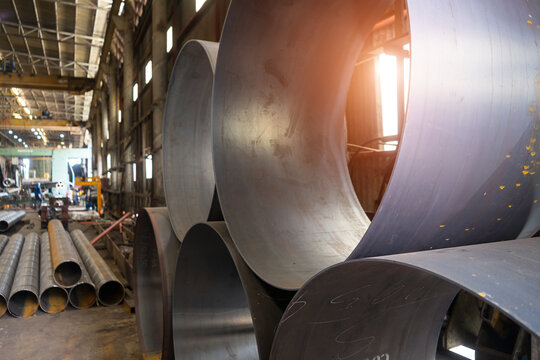GI Pipe Manufacturers
Searching for GI Pipe Manufacturers in Australia? Your search ends here! Business Setu has listed a number of leading GI Pipe Manufacturers from India and links you with India's top manufacturers and exporters, renowned for their exceptional quality and competitive prices. With India's improved trade policies and strong ties with Australia, exporting is a breeze. Whether you require custom designs or standard sizes of GI Pipe, our marketplace offers comprehensive options to meet your GI Pipe needs. Explore the advantages of sourcing from India and connect with reliable manufacturers today for high-quality GI Pipes at unbeatable prices.

Product Specification of GI Pipe
| Specification | Details |
|---|---|
| Product Name | GI Pipes |
| Material | Galvanized Iron (GI) |
| Size | Nominal Bore (NB): 15 mm to 300 mm |
| Thickness | Light (L), Medium (M), Heavy (H), Extra Heavy (XH) |
| Length | Standard lengths: 6 meters, 12 meters, etc. |
| Outer Diameter (OD) | Typically ranges from 21.3 mm to 323.9 mm |
| Wall Thickness (WT) | Typically ranges from 2.0 mm to 12.0 mm |
| Coating | Zinc Coating (Galvanized) |
| Zinc Coating Thickness | Typically ranges from 80 gsm to 300 gsm |
| End Finish | Plain End, Threaded End, Socket End |
| Standards | Conforms to IS 1239, IS 1161, ASTM A53, etc. |
| Usage | Water Supply, Plumbing, Irrigation, Construction, etc. |
